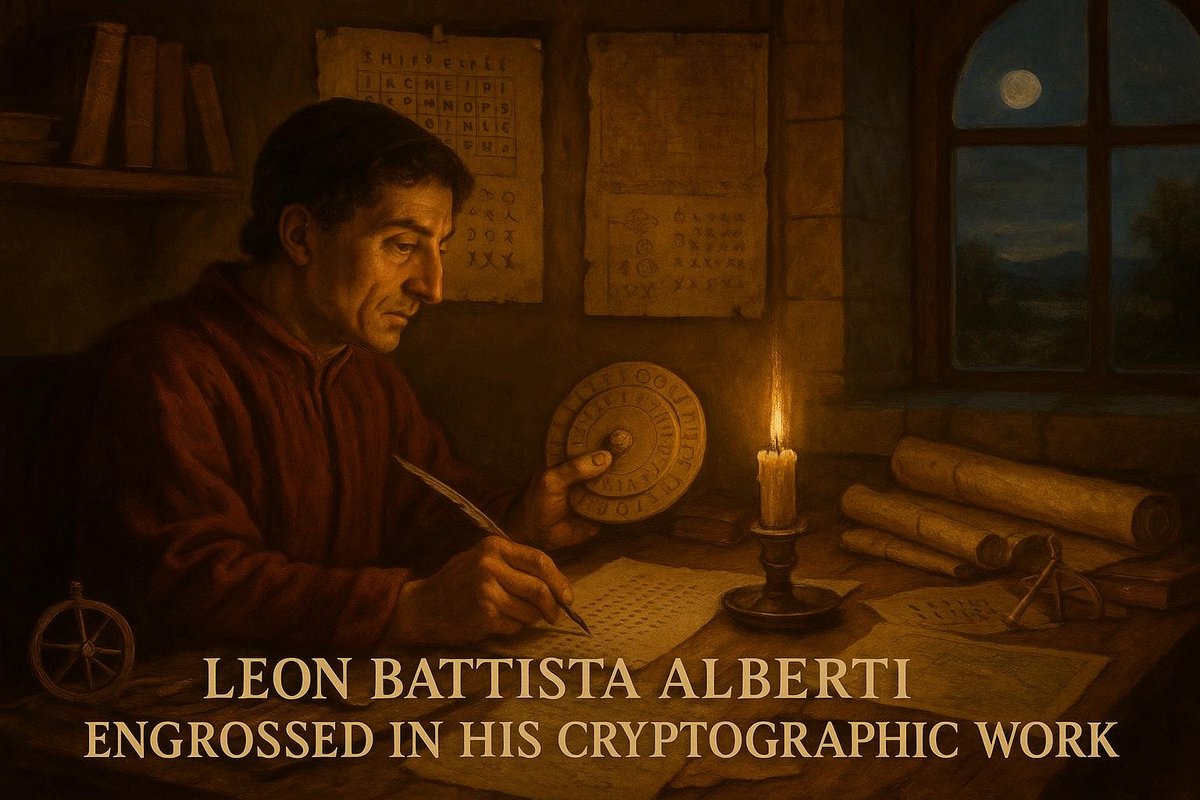
Introduction: The Puzzle of Secrecy
In a world where secrets are a currency of power, the art of cryptography emerged as a game-changer. Just imagine: a technique that could safeguard vital information amidst the tumult of wars and alliances. Interestingly, the inception of cryptography not only transformed the landscape of military intelligence but also reverberated through the halls of scientific thought. But how did this clandestine craft come to be, and what ripples did it create in the scientific community of its time? Let’s delve into the origins of cryptography and consider its reception among scholars and thinkers.
Early Influences: The Seeds of Secrecy
The roots of cryptography can be traced back to ancient civilizations, where the need for secure communication was paramount. The Greeks, for instance, used the Scytale, a tool for transposition ciphers during military campaigns. The Romans, under Julius Caesar, employed the Caesar Cipher, a simplistic yet effective method of obfuscating messages. As societies became more interconnected, the necessity for cryptic communication grew.
- Ancient tools like the Scytale and Caesar Cipher were early embodiments of cryptographic principles.
- The need for secure communication intensified with the complexities of governance and warfare.
No wonder cryptography found its place as a vital instrument of power. These early practices laid the foundation for more sophisticated methods, heralding a new era of scientific inquiry and discovery. As time goes on, the demand for secrecy only fueled further advancements in the field.
Mental Models: The Thinkers Behind the Codes
Cryptography’s evolution was profoundly influenced by the intellectual milieu of the Renaissance and Enlightenment. Cryptographers like Leon Battista Alberti, often hailed as the ‘Father of Western Cryptography,’ introduced the polyalphabetic cipher in the 15th century. His work was built upon centuries of accumulated knowledge and the burgeoning spirit of inquiry that defined the era.
- Alberti’s polyalphabetic cipher marked a significant leap in complexity and security.
- The Renaissance fostered a cross-pollination of ideas, propelling cryptographic innovation.
Of course, the Renaissance was fertile ground for thinkers willing to challenge conventions and explore the boundaries of human ingenuity. The scientific community, already abuzz with discoveries, found in cryptography a field ripe for exploration, bridging the gap between practical necessity and intellectual curiosity.
Challenges & Resilience: Breaking the Codes
Despite its promise, cryptography faced skepticism and challenges. Many in the scientific community questioned the reliability of encoded messages. Cryptanalysts like Charles Babbage and later, Alan Turing, dedicated themselves to breaking encrypted communications during crucial moments in history, such as World War II.
- Skepticism over cryptography’s reliability spurred rigorous analysis and testing.
- Figures like Babbage and Turing highlighted the dual nature of cryptography: creation and decryption.
Interestingly, these challenges only strengthened the field, prompting cryptographers to innovate and enhance security measures. The tension between code-makers and code-breakers drove advancements that continue to influence our digital age.
Legacy: Cryptography’s Enduring Impact
The legacy of cryptography is profound, extending well beyond its initial military applications. Today, it underpins the very fabric of digital security, from online banking to secure communications. The scientific community recognizes cryptography as a cornerstone of modern technology.
- Cryptography’s principles are foundational to contemporary digital security systems.
- Its historical journey from secrecy to a mainstream scientific discipline is a testament to its enduring relevance.
As societies continue to grapple with issues of privacy and security, the mindset of early cryptographers—marked by innovation, resilience, and foresight—remains incredibly pertinent. Their intellectual journey not only shaped cryptography but also set a precedent for scientific exploration.
Fuel Someone Else’s Curiosity
Have you ever wondered how a historical discovery could still resonate in today’s world? Sharing insights like these can spark conversations and inspire new generations of thinkers. Consider passing this article along to someone curious about the intersection of history and science. Together, let’s explore the legacies of our intellectual past and their impact on our future.

Leave a Reply